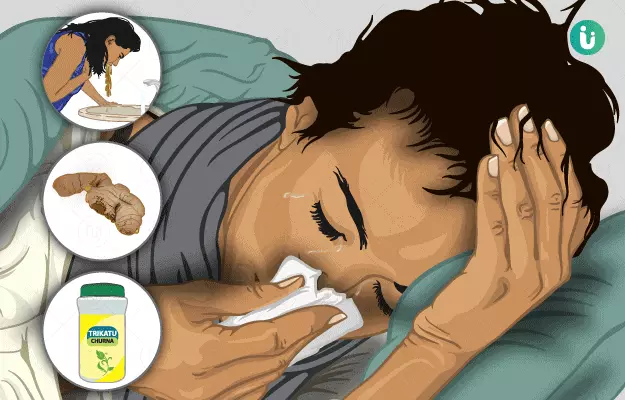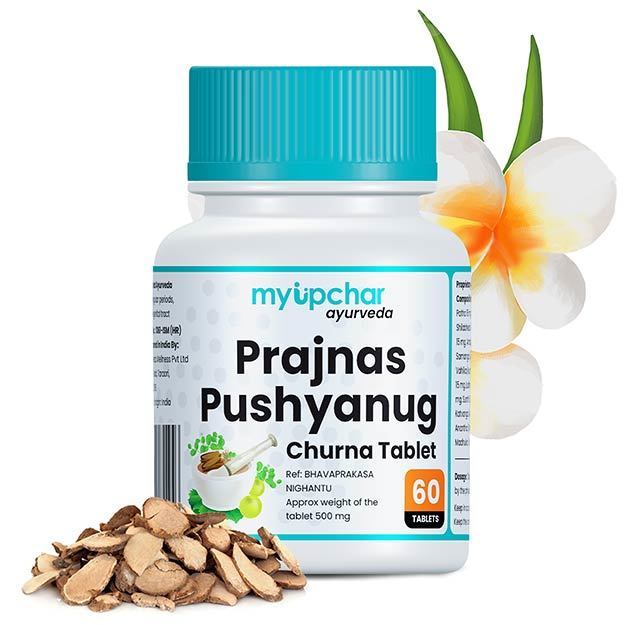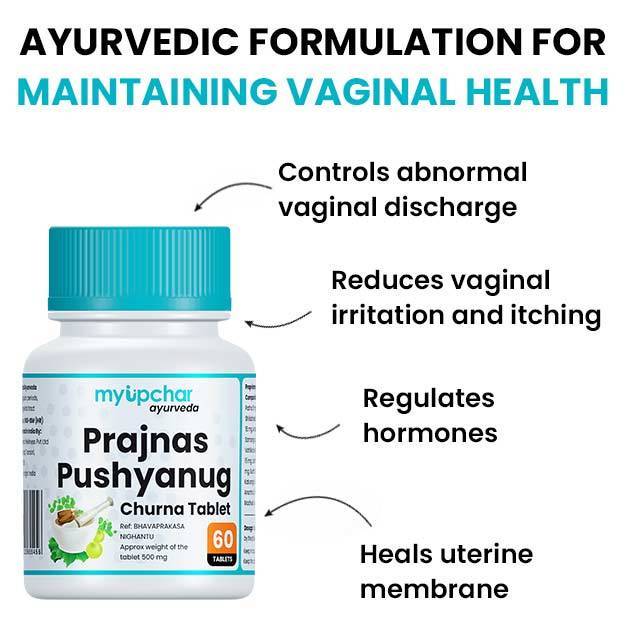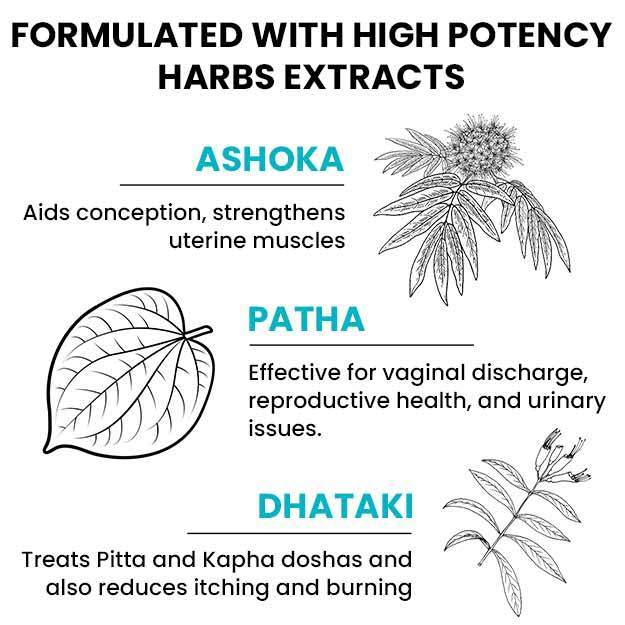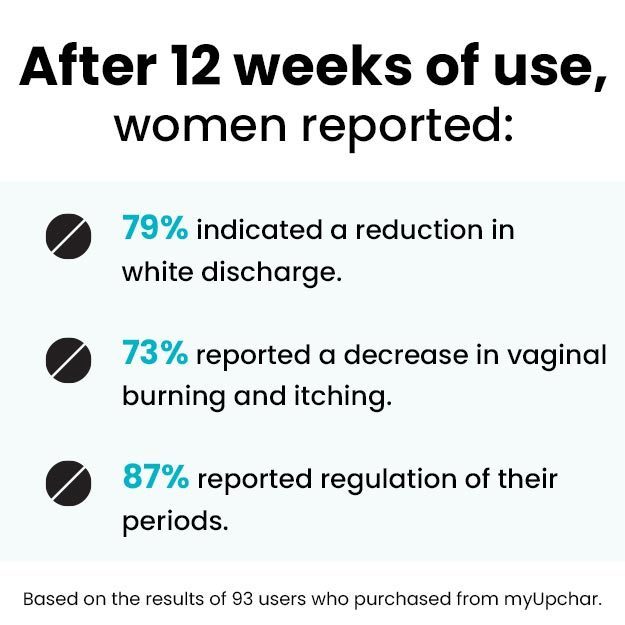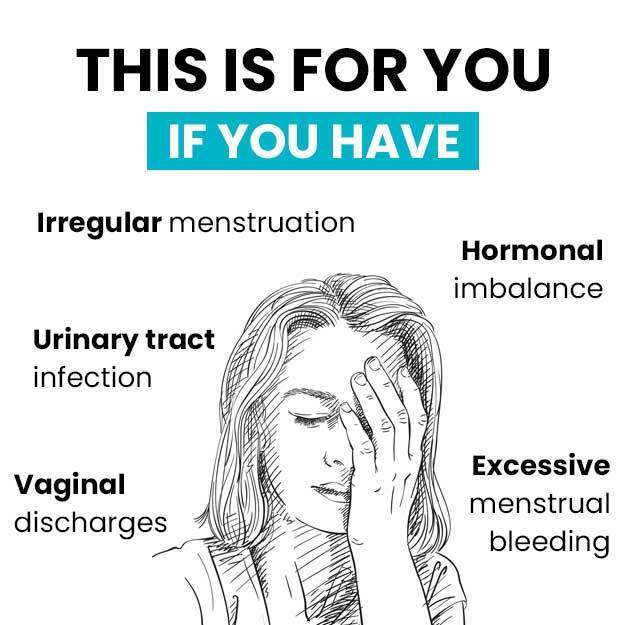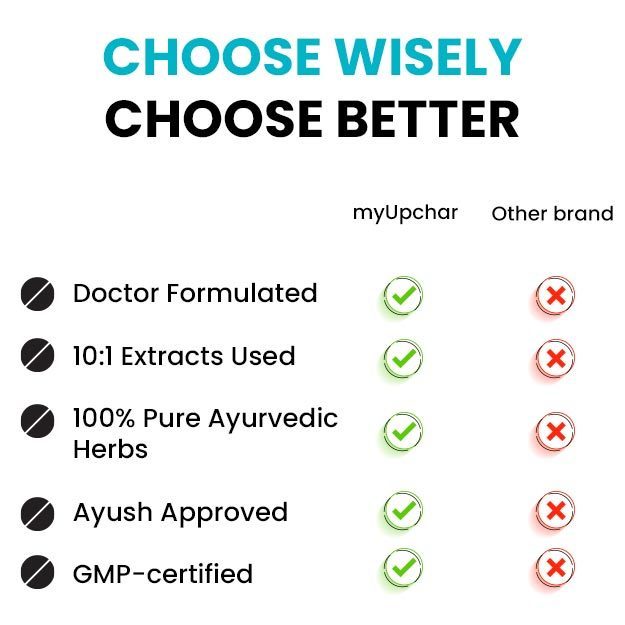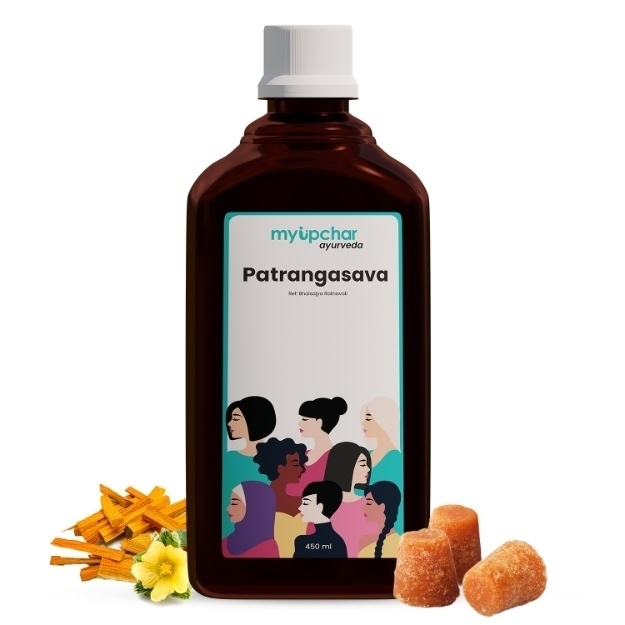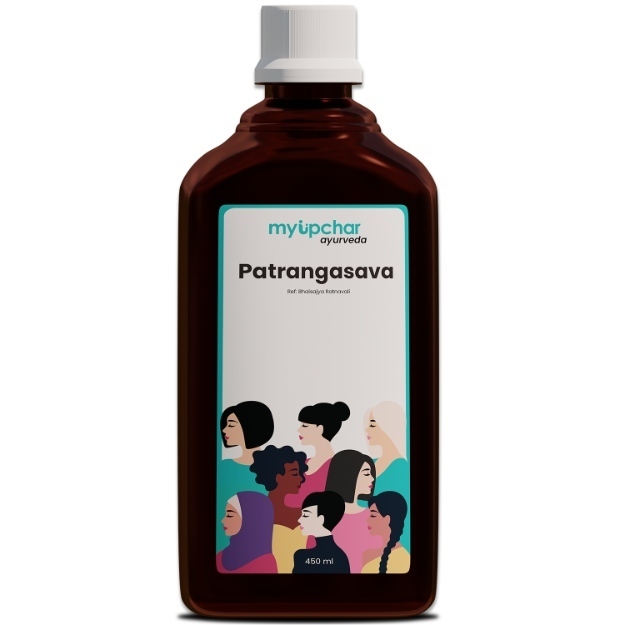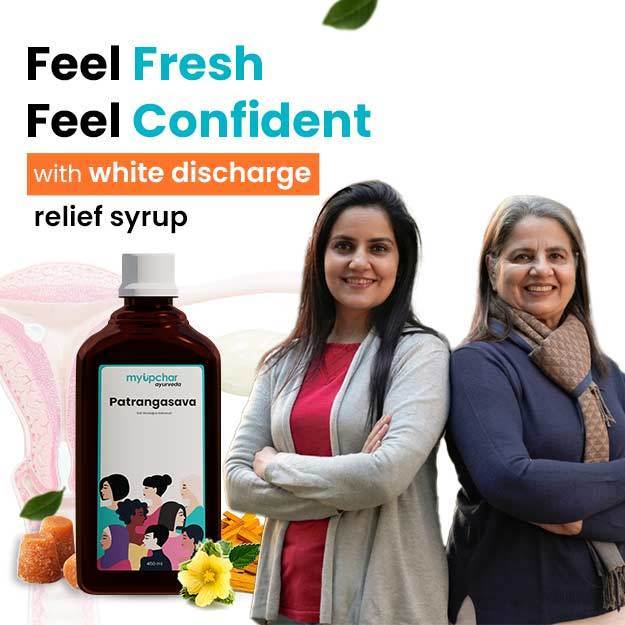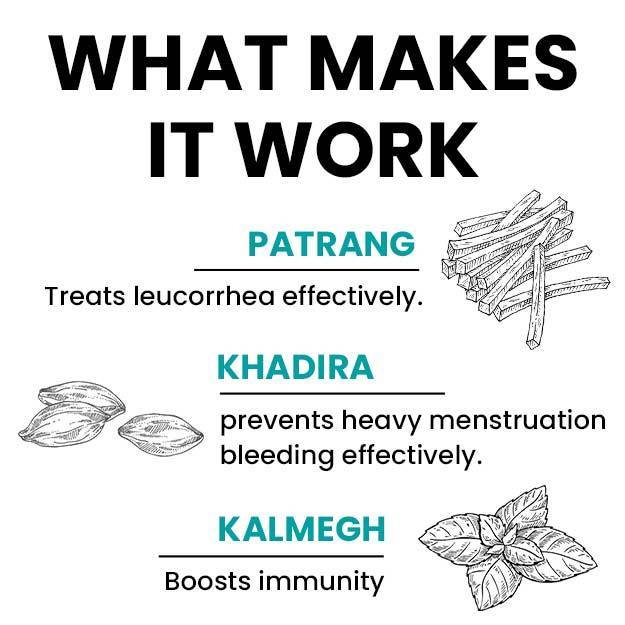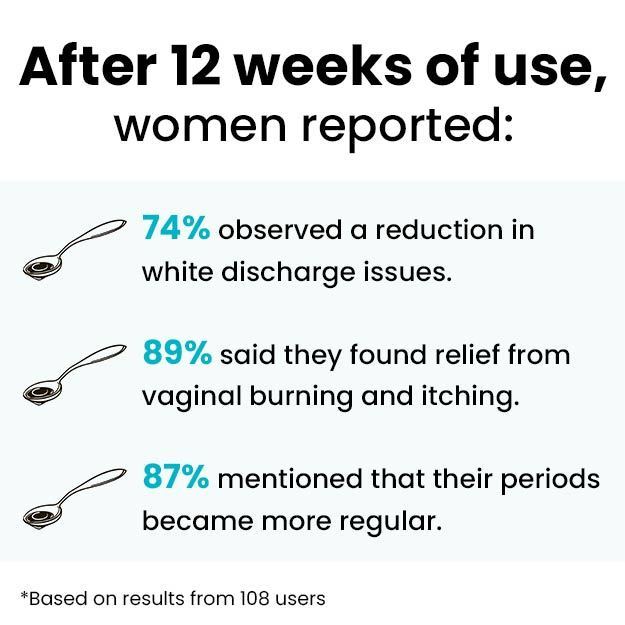Allergies are typically an overreaction of the immune system to foreign substances or allergens such as bacteria, viruses, pollens or dust. Allergies may be seasonal such as hay fever or it may cause chronic diseases like eczema and asthma. In some cases a person may even succumb to a life-threatening allergic reaction known as anaphylaxis. Anaphylactic reactions are more prevalent in case of insect bites, food allergies and drug allergies. Symptoms of allergy vary according to the allergen involved and part of the body affected. However, common allergy symptoms include sneezing, itching or coughing.
Allergens like pollen and dust, when inhaled, result in stuffy and itchy nose and throat, wheezing and cough. Allergens targeting the eyes cause itchy, watery, swollen and red eyes. Skin shows allergic response in the form of rashes, itching or blisters. Food allergy manifests in the form of abdominal cramps, diarrhoea, nausea and vomiting. Allergy to a drug usually manifests in the form of generalised symptoms.
Ayurveda addresses allergy by clearing all ama (toxins) from the body. Ayurvedic treatment for allergies aims at improving digestive fire, promoting detoxification and restoring immune function to bring the body back into equilibrium. Ayurvedic herbs like vasa (Malabar nut), haridra (turmeric), adraka (ginger), yashtimadhu (mulethi), krishnakeli (marvel of Peru) and pippali (long pepper) and herbal formulations like sitopaladi churna and trikatu churna (a powdered combination of the three acrids – pippali, shunthi [dried ginger] and maricha [black pepper]) are used for the treatment of allergy. Procedures such as pachana (digestion), snehapana (consuming oil or ghee) and vamana (medical emesis) are employed for alleviating allergy symptoms.

